Essential Oil Mixing Guide for Your Diffuser [Beginners]
I’ve been wanting to write about essential oil blends for the diffuser for a long time so I’m really pleased it has finally arrived. This article covers essential oil mixing for a diffuser with the added benefit that some of the blends can also be used for massages as well. ENJOY!
- An Artform You Can Enjoy Right Now
- Who is this Essential Oil Mixing Guide For?
- [Optional Reading] Blending Essential Oils Basic Guidelines
- Getting Your First Kit/Set & Diffuser
- 1. MIXING YOUR ESSENTIAL OILS ACCORDING TO SCENT (Aromatic or For Fragrance)
- The Fragrance Wheel
- Neighbouring or Complementary Essential Oil Groups (Essential Oil Families)
- 1.1 Herbaceous oils (Herbs)
- 1.2 Floral oils (Flowers)
- 1.3 Spicy or Oriental oils (Spices)
- 1.4 Woody oils (Trees)
- 1.5 Medicinal oils (Camphorous)
- 1.6 Citrus essential oils (Citric Fruits)
- 2. ESSENTIAL OIL MIXING BY THERAPEUTIC ACTION (For Emotional or Physical Effect)
- 2.1 Relaxing Blend
- 2.2 Uplifting Blend
- 2.3 Soothing Blend
- 2.4 Calming Blend
- 2.5 Focusing Blend
- 2.6 Cleansing Blend
- 2.7 Immune Boosting Blend
- 2.8 Skin Cell Regeneration Blend
- 2.9 Refreshing Blend
- 2.10 Stimulating Blend
- FAQs Around Mixing Essential Oils
- What Essential Oils Can Be Mixed Together?
- How Many Essential Oils Can You Blend Together?
- Can You Mix Essential Oils Together in a Diffuser?
- What Should My Essential Oil Kit Contain?
- Here’s the Essential Oil Recommended Set & Diffuser
- Last Words
- Of Interest
An Artform You Can Enjoy Right Now
If you want to learn the art of blending essential oils here are three words for you: practise, practise, practise!
Blending essential oils is an artform and I am just scratching the surface myself. The idea here is to practice and experiment until you feel confident and start opting for diffusing those lovely essential oils as often as you can think of it (yes, there’s always a good and legitimate reason to get your diffuser going, whether it’s for health reasons, for the scent or to get rid of those pesky flies). If you have pets or children around be weary as it might not be a good idea to burn essential oils.
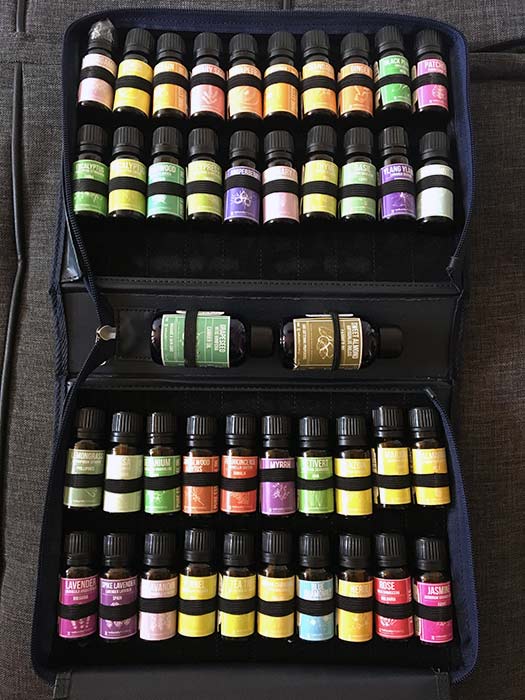
The more I learn about essential oils and aromatherapy in particular (I also use them for my DIY skincare) I need to keep adding helpful guides and entries to Oh Mighty Health that serve me as reference. I’ve already made my own essential oils in the past and I’ll be making them soon again in the future; this process is such an important healing experience for me particularly!
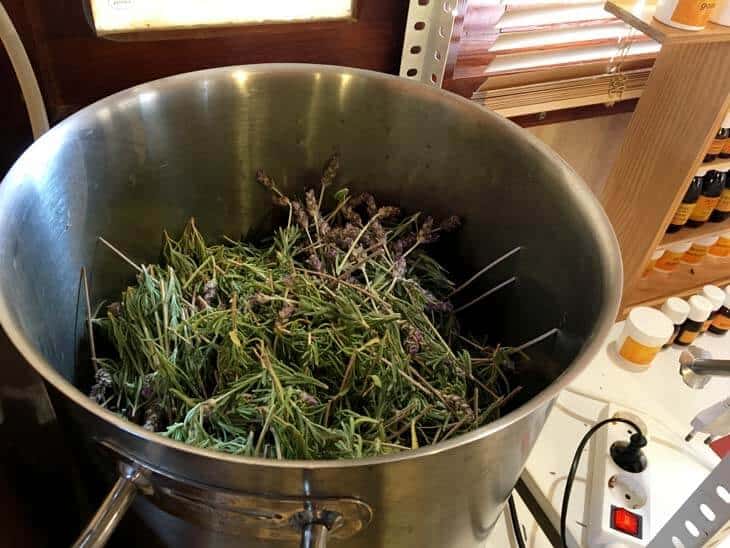
The below is an article covering essential oil mixing for a diffuser although some of the blends can also be used for massages. Hopefully I’ve made this a fun and easy to follow guide for anyone who can also benefit from it.
Who is this Essential Oil Mixing Guide For?
This essential oil guide is ideal for beginners:
- You already own a lovely essential oil set at home that’s been forgotten in the drawer and you feel guilty about not using it
- You already blend essential oils but are not sure of what you’re doing because you lack basic understanding on how they should be blended and why
- You’d like to buy a set and get started but you need a very simple essential oil mixing guide for diffuser
If any of the above applies to you, keep reading.
[Optional Reading] Blending Essential Oils Basic Guidelines

The way to start is by creating simple blends and work your way towards more complex ones (which would happen organically). Become familiar with their scent (some are deeper, stronger, sharper than others, etc) and how they work together (I’m still learning, this is a process!).
Some oils dominate the blends and others are more subtle in their fragrance. Just keep practicing and don’t delay in making your blends. I sometimes tend to think I should know more before venturing into diffusing my oils but lately I’m ‘forcing’ myself to diffuse a blend or at least one oil every single day.
Top, Middle & Base Notes
The lovely thing about essential oils is that their fragrance is composed of a wonderfully complex harmony of ‘notes’ which you can work with in order to create your favourite blends. A fragrances is built by using ‘accords’; in other words, individual notes or scents have been blended together in order to create a single aroma.
The fragrance is composed of top, middle and base notes which are responsible for giving the appealing structure to essential oil blends. When blending essential oils you should keep this in mind.
TOP NOTES – refreshing, light, give the first impression
MIDDLE NOTES – heart of the fragrance
BASE NOTES – give the blend longevity and are usually aroma-rich
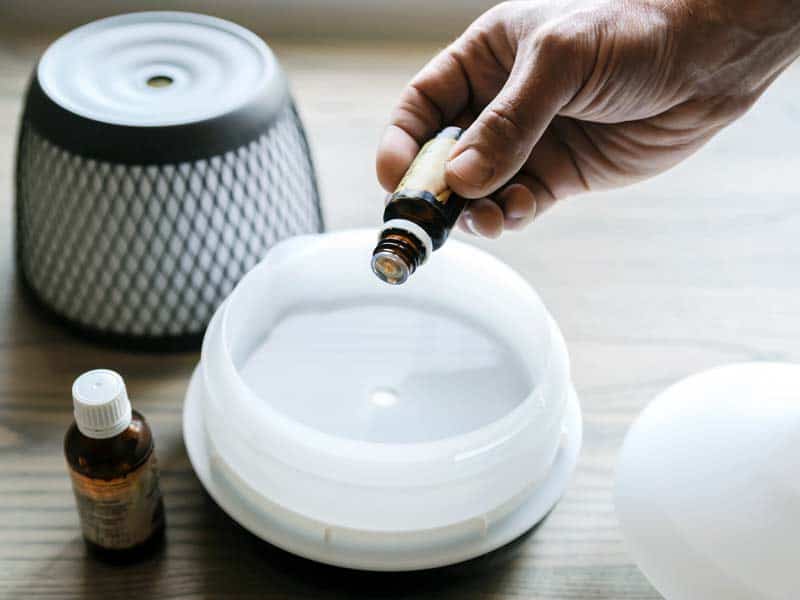
I won’t go into detail regarding notes because I want to keep the essential oil blends easy for you to create according to scent family and therapeutic benefits. If I worry about notes at this stage it can delay my creation of essential oil blends and at this point I think the important thing is to start practising and not delay creating your blends regularly. I might add an entry solely dedicated to note categorisation in the future but at the moment let’s start with scents and therapeutic effects.
*Are You ‘Thinking Essential Oil’?*
Blending essential oils in a diffuser was easier than I thought in terms of how to choose them and which go well with which because of the grouping system. Floracopeia really helped me with this and all I’ve had to do, really, is to remember to diffuse essential oils often (I’ve had to ‘train’ my mind to ‘think essential oil’. There are so many uses to the oils that I’ve found it difficult to get my mind to remember to diffuse them).
The important thing I’ve had to remember is:
- To every day think of a reason to diffuse oils. This has been the hardest thing because I’m simply not used to it. Seriously, it has taken me over a year to ‘think essential oil’ and diffuse them when I want to concentrate on my work (blending with rosemary) or if I want to relax prior to going to sleep (blending with lavender) or if I want to perk up during the day (blending with zesty oils). It’s been a steep curve to get my mind to remember that I can use oils for these things and so much more!
- There’s no exact maths when it comes to how many drops and how many oils can be mixed but as a general rule I’ve learnt that 4 to 7 per blend is a good range of oils to work with and 4 to 8 drops is also good for a diffusing session (you can start by blending only 2 or 3 at once til you gain confidence).
The rest is up to you. Below I’ll discuss the 2 different ways in which I choose to do my essential oil mixes which consist in grouping by families of scents and also families according to their therapeutic benefits. This type of essential oil blend seems to be good enough for me.
Getting Your First Kit/Set & Diffuser
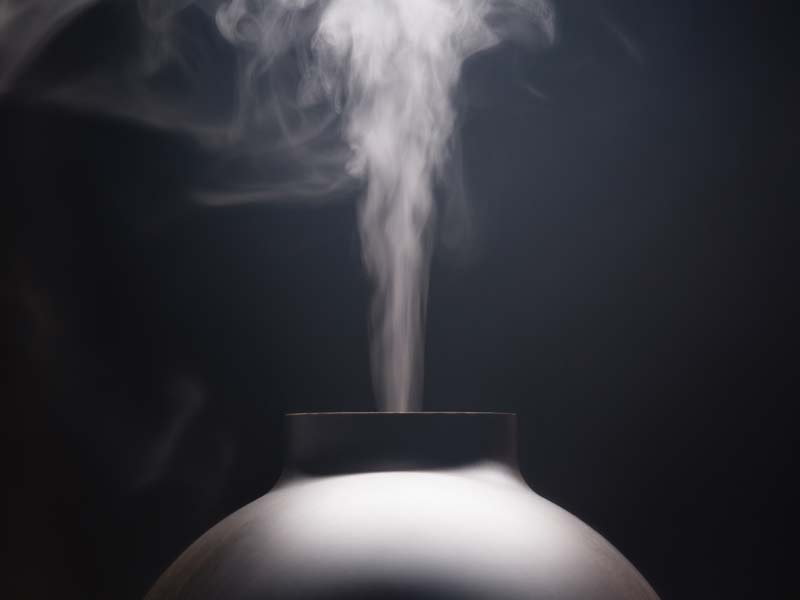
Recommended Essential Oil Set
It’s not easy to find an essential oils set with an array of oils that are good quality. My sets are all quite wonderful (I actually own 3 sets) plus I have a few other essential oils I’ve been buying over the counter from different suppliers which include more rare oils.
Plant Therapy offers a set that’s affordable and good for beginners and enthusiasts. The idea is that you own enough oils to get going with a few blends.
Recommended Essential Oil Diffuser
Here’s an inexpensive essential oil diffuser that does the job very well.
1. MIXING YOUR ESSENTIAL OILS ACCORDING TO SCENT (Aromatic or For Fragrance)
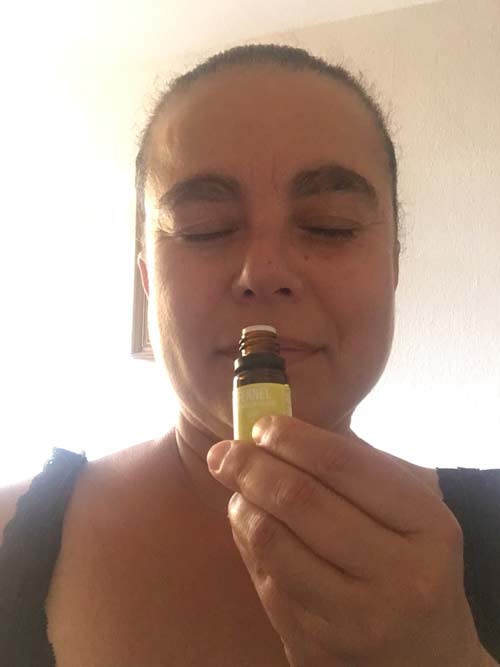
You can start to blend essential oils according to their scent, the way they smell. Aromatherapy is about ‘aromas’ and the essential oil fragrance is key here, which can have a therapeutic effect.
This way you can get familiar with the different family-scents and how they make you feel.
A good essential oil blend can be based on scents and how they make you feel. This is such a great way for you to get familiar with the different essential oil family groups.
The Fragrance Wheel
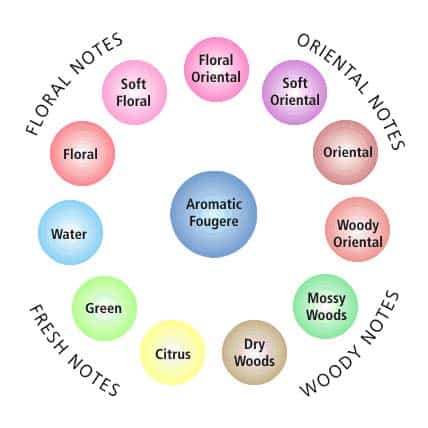
By the way, and just as a note, a Fragrance Wheel was devised by Michael Edwards back in 1983. Basically, Edwards divided essential oils into the following categories:
- floral
- woody
- fresh
- oriental
The below classification according to aromas sort of ‘stems’ from this very basic classification and serve as a guide for you to get your essential oil blends going.
Neighbouring or Complementary Essential Oil Groups (Essential Oil Families)
Aroma families also have ‘neighbouring families’ and this opens the scope when it comes to essential oil blending. You can ‘marry’ within the same family and also within neighbouring families.
In this article though I’ll be adding more oils per group in order to somehow ‘meet you’ at the level of your kit (some kits have only 5 oils while others, like mine, can have more than 40 or 50). Just find your oils within the groups and see how you can blend them to maximum effect according to your needs.
1.1 Herbaceous oils (Herbs)
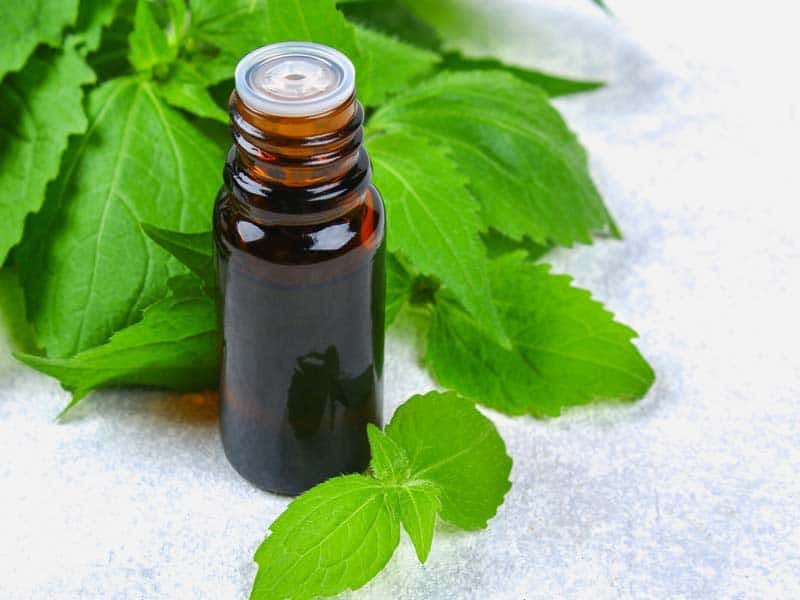
About: These oils have a herbaceous aroma which is ‘green’, natural or clear with an elegant touch.
Oils: Parsley, tarragon, dill, yarrow, carrot seed, fennel, marjoram, oregano, basil, mugwort, clary sage, thyme, dill, chamomile, myrtle, manuka, summer savory, caraway.
Neighbours: Floral and Citrus. They can help bring down the sweetness of floral essential oils. They can also help soften the sharpness of citrus essential oils.
Amount of drops: From 4 drops to 8 drops of just one or a mix of any of the above.
1.2 Floral oils (Flowers)
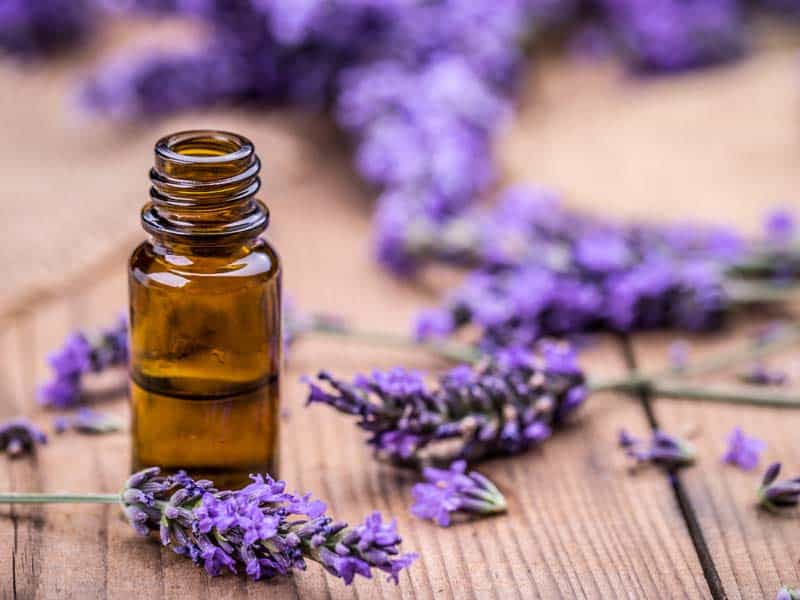
About: Beware! Some of these essential oils can be expensive and I wouldn’t use them on my diffuser (I also make natural skincare and I use the really expensive ones for my high-end facial creams and facial oils. Still, lavender, geranium [all skin types] and palmarosa [oily skin], for example, can be inexpensive and are PACKED with incredible benefits. In fact, lavender EO is a must in any essential oil kit. On its own it’s an arsenal in terms of its therapeutic properties).
In terms of scents, the floral oils are full-bodied fragrances that can easily be used on their own or blended to create wonderfully complex aromas.
Oils: Neroli, rose, ylang ylang, helichrysum, geranium, lavender, rosewood, jasmine, tagetes, mimosa, palmarosa, violet.
Neighbours: Spice oils and Herbaceous oils. Add herbaceous oils to cool the fragrance, citrus oils to add a lighter touch or spicy oils to add warmth to the scent.
Amount of drops: From 4 drops to 8 drops of just one or a mix of any of the above.
1.3 Spicy or Oriental oils (Spices)
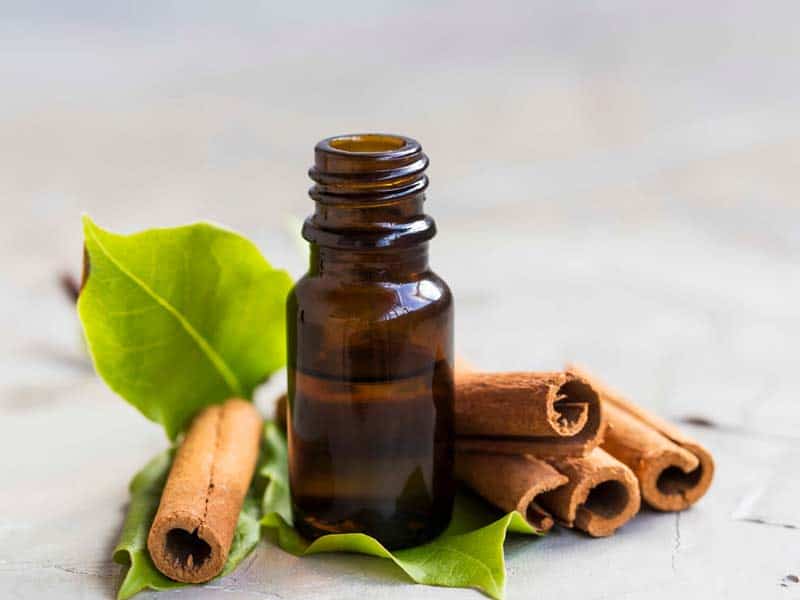
About: I love these oils because of how powerful they are for the digestive system (fire element). They have a sensual, spicy touch. With a velvety, warm aroma (think cinnamon, for example), they can become the main protagonist in any blend, i.e. vanilla essential oil can become the ‘base’ note of your blend.
Oils: Vanilla, cistus, cinnamon, allspice, nutmeg, tuberose, cardamom, star anise, clove, fenugreek, juniper, litsea, coriander, galangal, black pepper, cumin..
Neighbours: Floral oils and Woody oils. Marry spicy oils with woody oils to create a blend that is deep as well as earthy. Bring down their overpowering scent with floral oils.
Amount of drops: From 4 drops to 8 drops of just one or a mix of any of the above.
1.4 Woody oils (Trees)
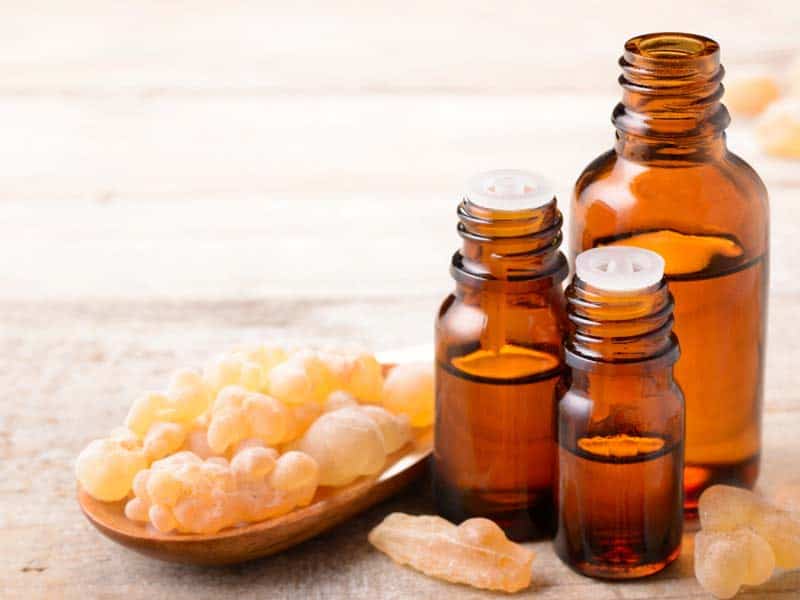
About: I love these ones. You’re basically inhaling the forest when opening the cap of one of these. They can have a deep and dense, musky and earthy scent and they can really dominate a blend.
Oils: Frankincense, vetiver, cypress, valerian, pine, benzoin, myrrh, elemi, patchouli, angelica, sandalwood, cedarwood
Neighbours: Spicy oils and Medicinal oils. Adding citrus notes to the woody oils can add freshness to the blend. Adding medicinal oils to the woody oils can create a minty or cool blend that goes really well with the woodier tones.
Amount of drops: From 4 drops to 8 drops of just one or a mix of any of the above.
1.5 Medicinal oils (Camphorous)
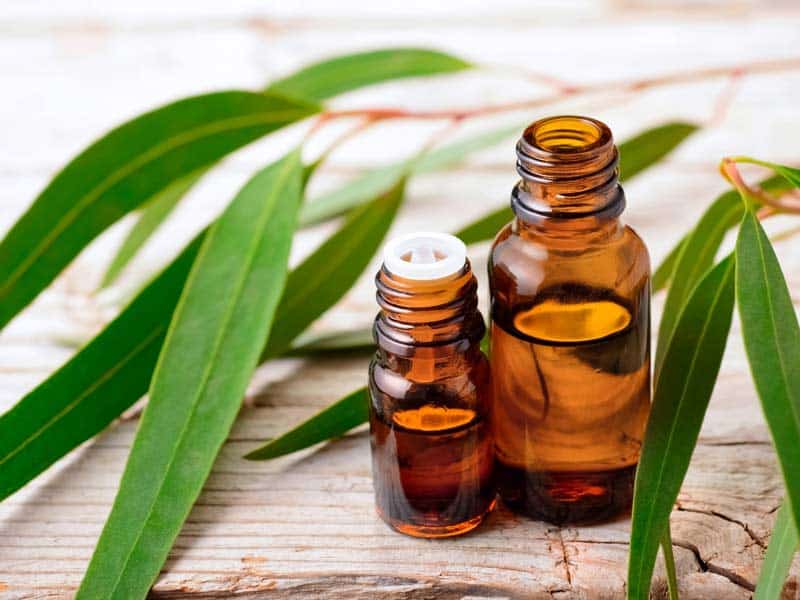
About: These oils can be rather camphorous and crispy.
Oils: Camphor, plai, sage, eucalyptus, wintergreen, peppermint, birch, bay laurel, tea tree, rosemary, cajaput, ravinstsara, niaouli
Neighbours: Citrus and woody oils. They can add a top note to woody oils that tend to be heavier.
Amount of drops: From 4 drops to 8 drops of just one or a mix of any of the above.
1.6 Citrus essential oils (Citric Fruits)
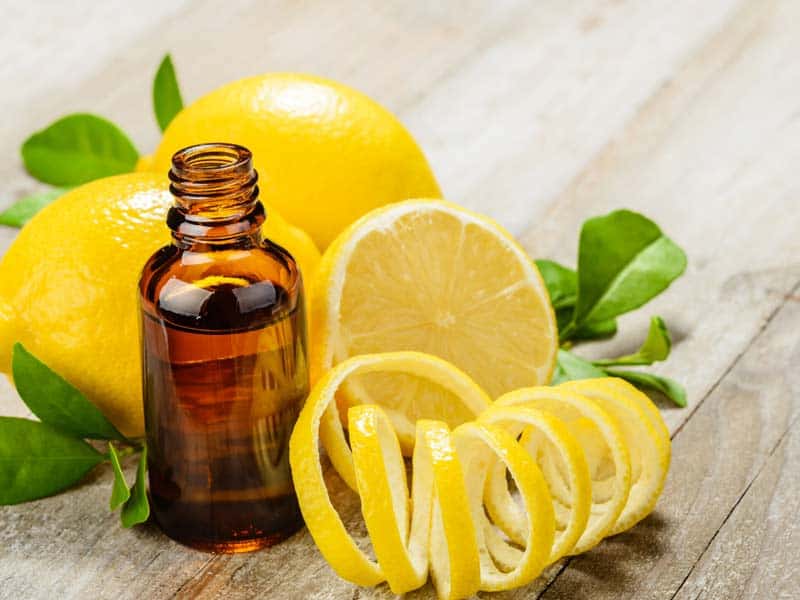
About: The wonderfully zingy citrus family encompass all the oils that have a citrus scent. They are vibrant, tangy and crispy!
Oils: Bergamot, litsea, lemon, citronella, grapefruit, petitgrain, mandarin, fragonia, orange, buchu, lemon, lime, verbena, lemon balm, mandarine, orange.
Neighbours: Herbaceous oils and Medicinal oils. Citrus oils add vibrancy to floral oils as well as herbaceous oils. They add crispiness when blended with the medicinal oils.
Amount of drops: From 4 drops to 8 drops of just one or a mix of any of the above.
2. ESSENTIAL OIL MIXING BY THERAPEUTIC ACTION (For Emotional or Physical Effect)
Essential oils can be grouped into families according to their therapeutic benefits. The below is a guide; some of the blends can also be used as for massage and this means you’ll have to mix with carrier oils. If you decide to use the essential oil blends for a massage you’ll find as part of the text which carrier oil (base oil) to mix with the essential oils. If you’re using the blends for massage purposes you can combine the ingredients in a bowl, transfer the blends to a sterilised glass bottle and once sealed you can store in a dark and cool place. It will keep for up to 3 months.
**If storing your essential oil blend make sure to use dark bottles. Carrier oils (base oils) used depend on you but as a guide I have indicated which ones might work best.
2.1 Relaxing Blend

Lavender essential oil is well known for its relaxing/calming benefits. This EO blends well with rose oil which is also calming. We will mix it with vetiver EO because it has an earthy, wood fragrance and is also relaxing. This blend is perfect for use before bed. To use in your diffuser or massage by mixing with 2 tbsp sweet almond oil (avoid face area).
- 5 drops lavender essential oil
- 3 drops rose essential oil
- 2 drops vetiver essential oil
2.2 Uplifting Blend

When we talk about an uplifting blend we’re looking for reviving essential oils that are capable of lifting your spirits and energy. We’re going to use here grapefruit as it is an energising essential oil that can stimulate mind and body, geranium because it helps to calm down as well as balancing emotions and finally the beautiful jasmine essential oil which has such an intoxicating scent. Use in the shower by mixing the essential oils with 2 tbsp of shower gel.
- 4 drops grapefruit essential oil
- 4 drops jasmine absolute or essential oil
- 1 drop geranium essential oil
2.3 Soothing Blend

This soothing blend provides an easy way to deal with stress and/or when feeling anxious. Neroli is an uplifting floral essential oil and we’re blending it here with a mood-boosting oil, frankincense. To use in your diffuser or mix with 2 tbsp sweet almond oil for a lovely massage (avoid face area).
- 3 drops frankincense essential oil
- 3 drops neroli essential oil
- 2 drops orange essential oil
2.4 Calming Blend

Oils can work on the mind and body; they can help balance our emotions and create a soothing environment. Rose essential oil helps you calm down while geranium essential oil can balance emotions. Use in diffuser or mix with 2 tbsp sweet almond oil for a massage (avoid face area).
- 7 drops rose absolute or essential oil
- 7 drops geranium essential oil
2.5 Focusing Blend

We’re using here rosemary essential oil because it is good for mental focusing and has a stimulating effect on our nervous system. Peppermint essential oil adds sharpness to the blend and clove helps us stay awake. Use in diffuser or mix with 2 tbsp sunflower seed oil and dab on wrists and temples (pulse points).
- 6 drops rosemary essential oil
- 2 drops clove essential oil
- 2 drops peppermint essential oil
2.6 Cleansing Blend
I use juniper essential oil for detox in my special massage blend. Certain essential oils have purifying properties and help with cleansing the area. Lemon essential oil will help eliminating odours. To use into a diffuser or as a massage oil by mixing with 2 tbsp jojoba oil (avoid face area).
- 8 drops juniper berry essential oil
- 4 drops frankincense essential oil
- 2 drops lemon essential oil
2.7 Immune Boosting Blend

Accumulation of toxins can cause disease. The 3 essential oils below are great at helping support our immune system. They’re also antimicrobial which means they can help the body fight off infection. To use into a diffuser or as a massage oil by combining the essential oils with 2 tbsp grapeseed oil (avoid face area).
- 2 drops lavender essential oil
- 2 drops niaouli essential oil
- 2 drops rosemary essential oil
2.8 Skin Cell Regeneration Blend

I use a lot of frankincense essential oil on my DIY antiaging skincare. The oils used below encourage the regeneration of skin cells. To use in your diffuser or as a massage blend with 1 tbsp carrier oil like calendula macerated oil and 1 tbsp rosehip seed oil (avoid face area). These carrier oils have been suggested because of their therapeutic effects on the skin but you can choose other carrier oils (base oils) if needed.
- 6 drops frankinsence essential oil
- 4 drops helichrysum essential oil
- 2 drops myrrh essential oil
2.9 Refreshing Blend

This blend will energise you. Each drop of peppermint will add an uplifting effect, pine is refreshing and stimulates the nervous system and eucalyptus helps to enhance concentration. To use in your diffuser.
- 2 drops peppermint essential oil
- 2 drops pine essential oil
- 1 drop eucalyptus essential oil
2.10 Stimulating Blend

Ginger essential oil will help to calm your digestive system as well as helping restore your appetite. Black peper is great for stimulating your circulation and tea tree helps to boost your immunity. To use in your diffuser or as a massage oil by mixing with 2 tbsp sweet almond oil (avoid face area).
- 6 drops ginger root essential oil
- 4 drops black pepper essential oil
- 4 drops tea tree essential oil
FAQs Around Mixing Essential Oils
Questions I had prior to learning about essential oils were: should I diffuse one or more oils together? Would that make a difference? Which oil goes with which and how would I know I’m selecting the right oils for a blend? Can I mix different oil groups together? Is a mix of 3 oils more powerful than just the one and is a mix of 10 oils more powerful than a mix of 3? Etc, etc, etc.
I still have questions that need answering but at least with the research I’ve performed together with my aromatherapy course at Floracopeia I’ve been able to answer what I feel are the really important ones.
There is no order to the questions but I feel I have to answer them before going into the family groups.
What Essential Oils Can Be Mixed Together?
I learnt there’s no math to blending essential oils and so a guide is just that, a guide.
I can burn whichever oils I wish to; it seems like intuition plays a role in this together with the scents we feel more attracted to. I suppose, in a way, the oils choose you. That’s how it feels for me, anyway. I do feel there’s a connection between the oils and myself so I sort of trust what my body and “nose” tell me I should be going for, if that makes any sense.
Obviously there are certain suggestions in terms of blends which I’ll be discussing below. In general, a helpful way to choose which oils to go for would depend on if I want to go by scent/fragrance or if I want to use them for their therapeutic benefits. Either way, they would be grouped into families and those within a family would blend well together (as well as with neighbouring families).
How Many Essential Oils Can You Blend Together?
As many as you like but between 3 and 7 is the ideal amount. Use this as a guide only.
Can You Mix Essential Oils Together in a Diffuser?
Yep! That’s the idea. I’d say 4 to 8 drops per session according to Neal’s Yard Remedies guide.
What Should My Essential Oil Kit Contain?
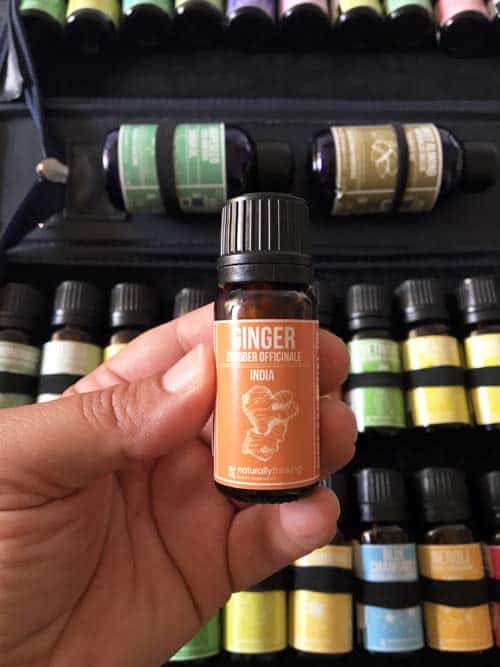
Well, that depends on your budget and how many oils you use and/or would like to mix together. I am a bit of a sucker for essential oils and have more then 100 at home from two and a half kits from Naturally Thinking and I’m already planning on buying another 33 oils this week.
Addiction? Probably. I’ll also sell them as I’m a freelancer who has started a business about a year ago which include some natural products; essential oils are a wonderful product for me to offer at my modest market stall here in Tenerife, Spain.
Last Words
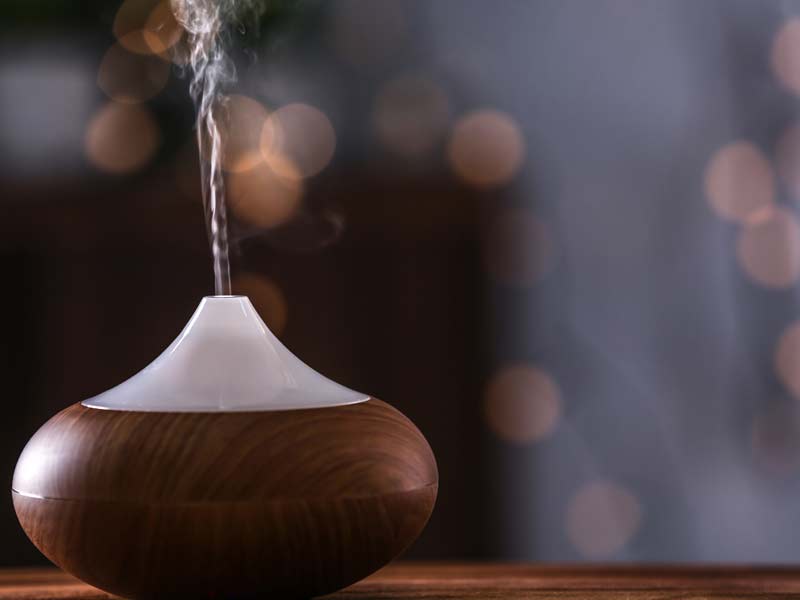
I hope I have helped you reach for your kit more often to be honest. ‘Thinking essential oil’ is not that easy when we first switch ‘from pill to diffuser’. Also oils have such great benefits and a varied range of uses that it can get either confusing or overwhelming or both and we simply end up not using them (almost) at all (especially when we’re not used to ‘think essential oil’.
The way I do it is by taking it easy. I can’t really expect to do a full switch in 1 month (or 1 year!) and use essential oils to the maximum. I’m barely learning about their myriad of benefits and as long as I can remember to diffuse them more and more over time I’m doing well.
Please leave your comments below.
That’s it!
Now just GO AND GET STARTED and leave your comments below.
Of Interest
I have written the following posts offering dedicated essential oil guides which cover the oils that are most representative of that particular group. You might find the below links of interest.
- Essential oils for respiratory congestion
- Essential oils for your immune system
- Herbaceous/herb oils
- Spicy or oriental oils
- Floral oils
- Medicinal oils
- Citrus essential oils
